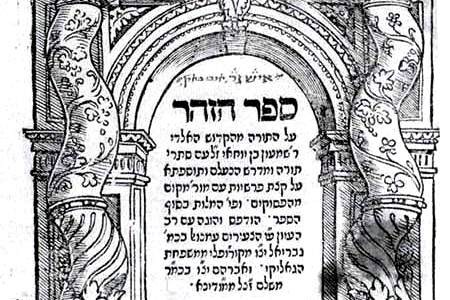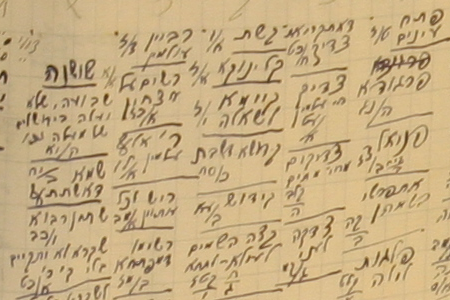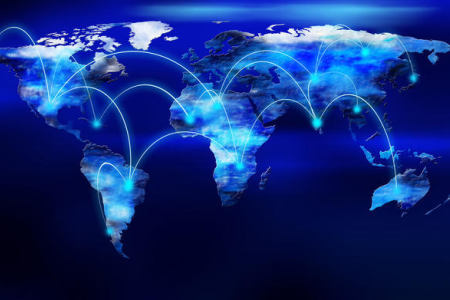Why The Book of Zohar Is So Important for Your Spirituality
Rabbi Shimon Bar-Yochai (Rashbi) was the author of The Book of Zohar, which was written in the second century CE. It is the most important work of Kabbalah and considered to be its primary and most fundamental textbook. Rashbi lived between the Talmudic period and that of The Zohar and is regarded as a great researcher of both human nature and the upper world. He is also among the most important sages of the Talmud (his name is mentioned there some four thousand times). He was proficient in the languages of both the Talmud and Kabbalah, and he used both of them to describe the upper system of management, how the events of the present and the future are made to happen there—all the innovations and transformations—and how they come down from there to our world and manifest themselves in the clothing of this world.
The Zohar explains which actions influence the rest of the world from here below. Rashbi was the first Kabbalist to describe the reactions that we get from above for our thoughts. He described how they operate in the upper world and thus affect the unfolding of future events that are to descend to us. The Zohar is crucial to us because it encircles all the possible circumstances throughout human history.
The Unique Circumstances Behind the Writing of The Zohar
Before Rashbi began to write The Zohar, he established around him a group of disciples, where the soul of each disciple corresponded to a certain spiritual degree in the upper world. There were nine students, and he was the tenth. Together they formed one collective soul, corresponding to the complete structure in the spiritual world called the Eser (ten) Sefirot.
Thus, although Rashbi is the author of the book, each and every one of the students represents one of the attributes of the spiritual world he describes. He built a sort of prism, through which the simple upper light descends to our world and divides into ten parts, which are then divided into ten inner Sefirot. Their story is in fact a description of how those ten spiritual properties or forces come upon our world and lead it and how each person can use these forces for his or her own benefit and for others.
Why The Zohar Is Often Misunderstood
Rashbi said he could not have written the book by himself. He was supposed to write the book for the last generations and, in the meantime, conceal it so that it would only be revealed in the 16th century. To write this book in such a way that the intermediary generations would pass it by, he used his disciple Rabbi Abba. Rabbi Abba began writing the book while hearing and studying it from his teacher, but he wrote it in such a way that those who read it perceive only the outermost layer of the book.
Continue reading “The One Book that Everyone Interested in Spirituality Should Read”


